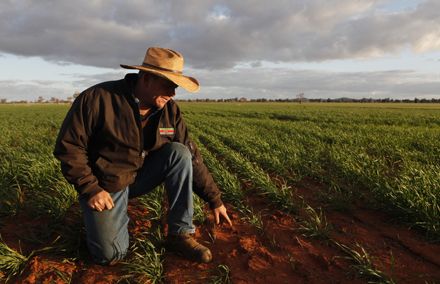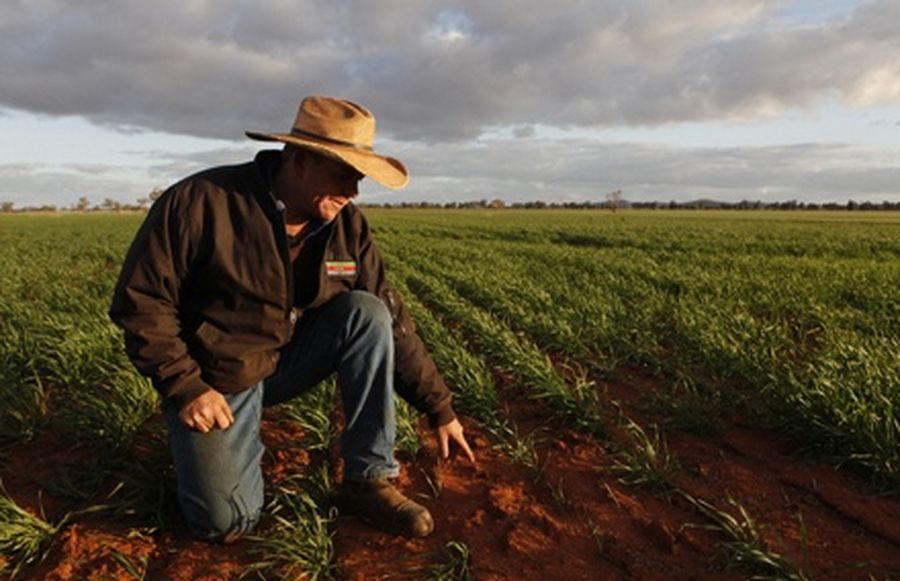After Australia’s major banks issued a flurry of covered bonds last year, they are preparing to diversify their liabilities in 2013 and issue new RMBS and senior unsecured bonds
Following a spate of covered-bond volume over the past year, Australia’s major banks are expected to conserve their government-mandated quotas for the ultra-safe securities and issue more senior unsecured bonds and RMBS in 2013.
ANZ, Commonwealth Bank of Australia, National Australian Bank and Westpac have used the covered market to their advantage and exceeded all expectations since local bond legislation came into force on October 17 2011.
Together they raised A$41.2bn in 2012 in Australian dollars, US dollars, euros, sterling, Swiss francs and Norwegian kroner.
Banks are attracted to the savings covered format provides. Last December’s Westpac US dollar five-year, for example, printed around 20bp inside major banks’ senior unsecured US dollar curve. And even bigger savings are available at home where five-year Australian-dollar covered bonds trade around 50bp inside senior unsecured paper.
Covered bonds made up a surprisingly large share of major banks’ fundraising arsenal in 2012, almost matching the A$43.1bn equivalent issued in senior unsecured format.
RMBS, retail notes, hybrids and private placements make up the rest of the four banks’ estimated combined A$80bn–$90bn annual funding requirement – a total that has fallen in recent years from around A$120bn in 2008 as lending slowed and deposits grew.
Australian banks are also expected to raise A$80bn–$90bn this year, but covered supply is likely to make up a smaller proportion following last year’s initial binge.
Australia’s covered bond issuance is ultimately restricted by an 8% cap on bank assets that can be used as collateral.
The four firms are a long way from reaching the limit, which works out at just over A$145bn.
CBA, the country’s biggest covered bond issuer, raised A$15.1bn, a figure the represents only 36.6% of its A$41.2bn limit. CBA could raise another A$26.1bn in covered bonds.
Yet, treasury teams have been careful not to use up their entire issuance limit. Because they are so safe, the securities could become the Australian financial sector’s only option if wholesale markets freeze. Maintaining the ability to issue new bonds in a down market is a priority.
In contrast to the surge in covered bonds, residential mortgage-backed securities have been given short shrift lately. Australia’s major banks only raised a combined A$3.15bn in 2012 – A$1bn each from NAB and CBA and A$1.15bn from Westpac. ANZ has not visited this market since 2004. The volume is well down from previous years, including 2011’s A$10.3bn, and the reduction is a direct consequence of the introduction of covered-bond legislation.
Covered bond cost benefits over RMBS are even greater for the major banks than they are over senior secured bonds.
For example, last December’s Triple A rated Class A1 notes from NAB, with a weighted-average life of 3.22-years, priced at 110bp over one-month BBSW at a time when ANZ’s 5.25% March 23 2016 covered bonds were quoted at 56bp over swaps.
Yet, activity in the RMBS market is expected pick up. An upcoming draft paper from Australian Prudential Regulation Authority suggests using date-based call mechanisms and allowing an issuer to own more than 20% of its own issuance if securitisation is used for funding purposes. Those changes could spur growth in the market.
APRA changes “may allow the introduction of RMBS Master Trusts for Australian issuers,” according to a Fitch Ratings report. “We would expect at least the major Australian banks…to make use of the new structures, which will give them greater flexibility and speed in coming to market, and for issuance to increase accordingly.”
A Sydney-based ABS syndication manager concurs with Fitch’s conclusions, if the rules are changed as suggested.
“In particular, the establishment of Master Trusts will provide the majors more opportunities by enabling them to issue in more bullet maturities and different currencies, something we have already seen with the UK’s Master Trusts,” he said.
Even without these changes, Fitch anticipates 10%–20% growth in the market in 2013 due to “more competitive pricing following a period of spread tightening, and potentially higher demand for Australian RMBS by offshore investors”.
There are plenty of other reasons why securitisations remain an option for Aussie majors, particularly in terms of investor diversification.
Last year’s reduction in RMBS issuance from the major banks helped underpin demand for non-major deals. In fact, Australian Office of Financial Management support was not required on five of the last six non-major RMBS transactions.
The syndication manager, however, said he is not very concerned that a revival in majors’ RMBS supply could crowd out second-tier transactions.
“I think these concerns will be more than compensated by positive demand-side factors, in particular the return of local real money accounts to the RMBS market as well as foreign investors’ growing appetite for Australian dollar exposure in markets that still provide a healthy spread,” he said.
To see the digital version of this report, please click here.

